
India’s Free Trade Agreement with Europe (EFTA)
India's foreign trade scenario is a living testament to the making of history, and one such red-letter day milestone on the path is India's Free Trade Agreement with Europe (EFTA). This red-letter milestone agreement is a new tale in India's economic diplomacy putting India on a higher pedestal as a world-class serious trading nation and throwing wide open doors of opportunity for trade businesses, exporters, and investors.
This article discusses in length about the India-EFTA Free Trade Agreement, its highlights, and advantages to Indian business companies.
Understanding EFTA and Its Significance
Understanding what is EFTA first before discussing the details of India's Free Trade Agreement with Europe (EFTA) is significant.
European Free Trade Association (EFTA) is composed of four nations — Norway, Switzerland, Iceland, and Liechtenstein. The nations are not EU members but have close trade and economic relationships with the EU through different arrangements. The EFTA nations all together represent developed high-income economies with high purchasing power, high-quality products, and top priority given to technology and innovation.
India joining EFTA as part of a structured EFTA Agreement is of unprecedented market access, diversification of trade, and European value chain integration prospect.
Background of India's Free Trade Agreement with Europe (EFTA)
Talks for India's Free Trade Agreement with European Free Trade Association (EFTA) began with initial-level consultations in January 2008 and the first official round in October 2008. India and EFTA nations had close about 20 rounds of negotiations during years that went by, including trade in goods, services, investment, and intellectual property rights.
Though much progress was achieved, the talks had been suspended since 2013 on the basis of disagreement over market access and investment protection.
The negotiations were only resumed after nearly a decade in 2023 with the new impetus towards balanced and sustainable trade. This was then followed by the signing of the India-EFTA Free Trade Agreement in March 2024, marking a historic milestone for India's international trade relations.
Key Objectives of the India-EFTA Free Trade Agreement
India-EFTA EFTA Agreement has been drafted with the following-discussed chief goals:
- For enhancing bilateral trade through elimination or reduction of tariffs on different types of products and services.
- For increasing investment in pharma, engineering, renewable energy, and information technology.
- For increasing technical standard cooperation, intellectual property rights, and customs cooperation.
- For generating employment by increased production, exports, and foreign direct investment (FDI).
- Incorporation of Indian industry into European value chains with more opportunities for higher-value markets.
Scope of the EFTA Agreement
Free trade agreements aside from India's with Europe (EFTA) are narrow in coverage since they only offer tariff concessions. India's Free Trade Agreement with Europe (EFTA) has wide coverage. It encompasses:
a. Trade in Goods
Removal or phased elimination of customs duties on a broad range of goods like industry goods, machinery, chemicals, precious stones and jewelry, textiles, and processed foods.
b. Services Trade
Expanded Indian service industries' market access for delivering IT, financial, engineering, and professional services in the EFTA countries.
c. Investment Promotion
Transparency, security, and resolution of disputes facilities like in the EFTA Agreement draw European investment towards India.
d. Intellectual Property Rights (IPR)
Enhanced cooperation on patents, trademarks, technology transfer, and safeguarding India's home interests like access to affordable medicines.
e. Sustainable Development
Conservation of the environment, renewable energy sources, and ethical trade practices of moral justice.
Advantage of India's Free Trade Agreement with Europe (EFTA)
1. Enhanced Exports
Indian exports will be affordable in the European market as tariffs will decrease via the EFTA Agreement. Pharmaceutical, textile, engineering products, and agriculture industries will benefit from this.
2. Increased FDI Inflows
The pact will attract billions of dollars' investments from EFTA nations mainly into manufacturing, renewable energy, and hi-tech industries.
3. Access to technology and innovation
European businesses are world R&D leaders. Investment and Indian industry collaborations will power India's innovative competitiveness.
4. Employment generation and capacity building
Growth in trade and investment will generate half a million new jobs, primarily in export-oriented sectors.
5. International Value Chain participation
India-EFTA Free Trade Agreement elevates India's engagement in high-value supply chains in the pharmaceuticals, auto, and electronics industries.
6. Targeted Economic Diplomacy
The EFTA Agreement gives a spur to India's economic and strategic engagement with Europe beyond the EU, consistent with its new status in international trade.
Key Sectors to Benefit Under the India-EFTA Free Trade Agreement
Pharmaceuticals
Access to the high-technology European market for Indian generic pharma industry will be provided with price and quality as the deciding factors.
Engineering and Machinery
Lowering duty on machinery, electrical equipment, and parts will enhance competitiveness of the imports as well as the exports.
Textiles and Apparel
Indian clothing and textiles will receive new markets in Iceland, Switzerland, and Norway at a competitive price with India's Free Trade Agreement with Europe (EFTA) lowering the tariffs.
Gems and Jewellery
With the world inclining towards high-end products so also is Switzerland towards Indian exporters and jewellers.
Renewable Energy and Technology
Green hydrogen, clean technology, and energy-saving technology will definitely see more collaboration.
Challenges and Considerations
Though the EFTA Agreement opens up so many possibilities to such a large extent there are still some issues involved:
- EFTA high standards of quality could require upgrading Indian exporters' manufacturing and compliance levels.
- Negotiation of Intellectual Property terms must be done very cautiously to safeguard India's pharma and R&D interests.
- Smallness of the EFTA markets relative to the EU could limit the quantum of trade but promises high-margin scope.
Regardless of all these issues, India's Free Trade Agreement with Europe (EFTA) will positively enhance overall trade competitiveness and economic growth.
How SKMC Global Can Help?
Professional services are required to steer a new free trade agreement such as the India-EFTA Free Trade Agreement in achieving compliance, proper documentation, and optimal utilization of preferential tariff arrangements.
We at SKMC Global specialize in facilitating the understanding and application of trade agreements to manufacturers, importers, and exporters. Services provided are:
- FTA Utilization Advisory: Determination of goods eligible under qualifying requirements and advice on utilizing tariff reductions available under the EFTA Agreement.
- Issuance of Certificate of Origin (COO): Drafting, registration, and issuance of COO on DGFT platforms.
- Regulatory and Compliance Guidance: Complacency with European product standards, packaging, and certifications.
- Market Entry Strategy: Tailored entry and growth solutions to EFTA nations.
- End-to-End Export Assistance: From ICEGATE registration to DGFT procedures and logistics planning.
Through SKMC Global, companies can enjoy hassle-free and compliant trading with India's Free Trade Agreement with Europe (EFTA) at lower risk and greater gains.
Future Outlook
Seamless implementation of the India-EFTA Free Trade Agreement would go a long way in further strengthening India's profile as a trade partner and attracting more bilateral and multilateral trade agreements in the future years.
It is completely aligned with India's "Make in India" and "Atmanirbhar Bharat" program by encouraging local production and overseas investment. The EFTA Agreement could be taken as a template for future trade agreements where trade, investment, and sustainable development receive equal importance.
Conclusion
India-Europe Free Trade Agreement (EFTA) is a flagship of India's trade policy agenda. It provides an entry point into highly industrialized, knowledge economy-based economy with the potential to diversify the trade, transfer technology, and attract investment.
This is not only an opportunity but also an opportunistic opportunity for Indian enterprise. With knowledge and use of the arrangements available under the EFTA Agreement, Indian enterprise can be world players and help make India a world export power house.
Firms can utilize the expertise of trade processes, stay on course, and achieve the best advantage of the India-EFTA Free Trade Agreement with the expertise of SKMC Global.
Recent Posts
-
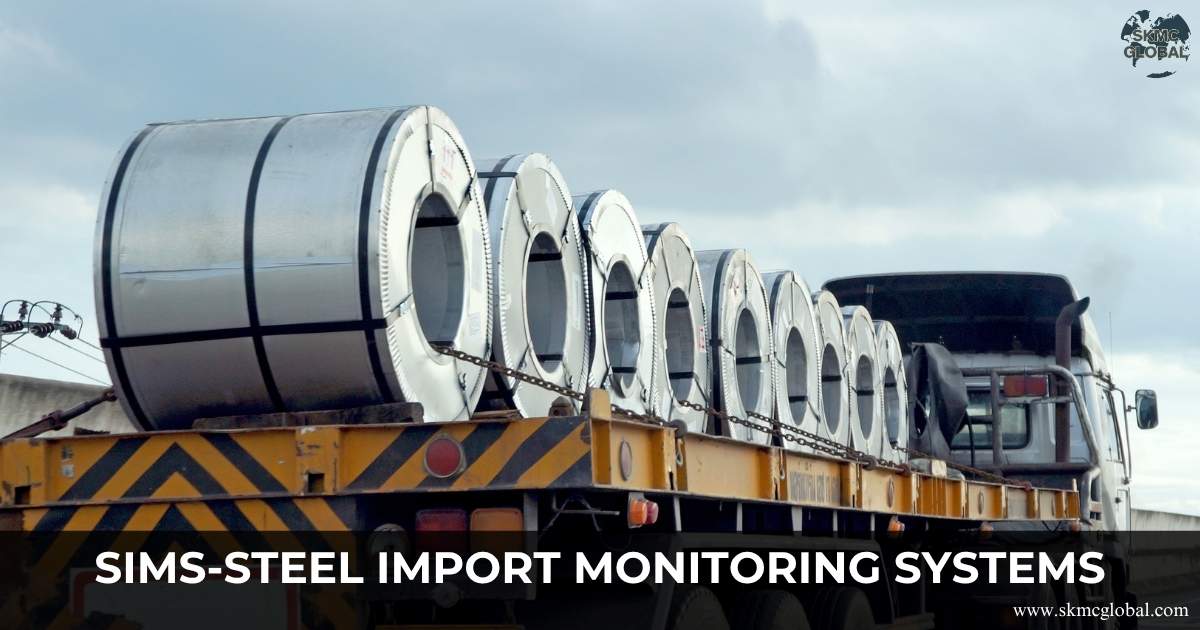 What is SIMS and When It Is Required?...
Nov 10,2025
What is SIMS and When It Is Required?...
Nov 10,2025
-
 What if your SVB investigation does not satisfy cu...
Nov 04,2025
What if your SVB investigation does not satisfy cu...
Nov 04,2025
-
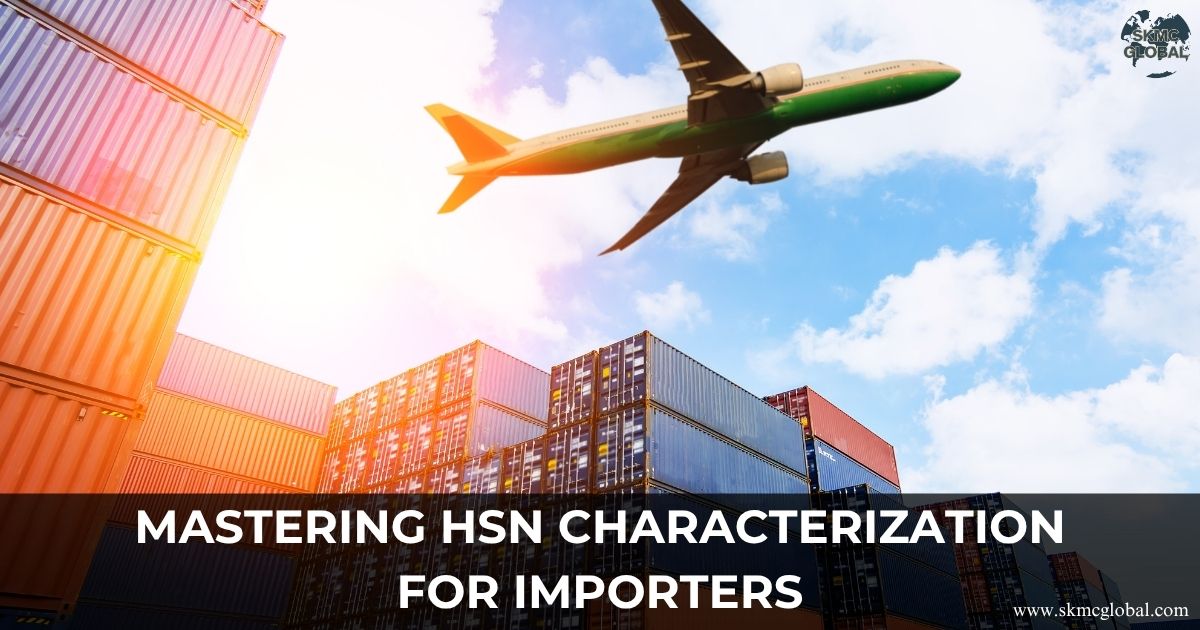 Mastering HSN Characterization for Importers...
Oct 29,2025
Mastering HSN Characterization for Importers...
Oct 29,2025
-
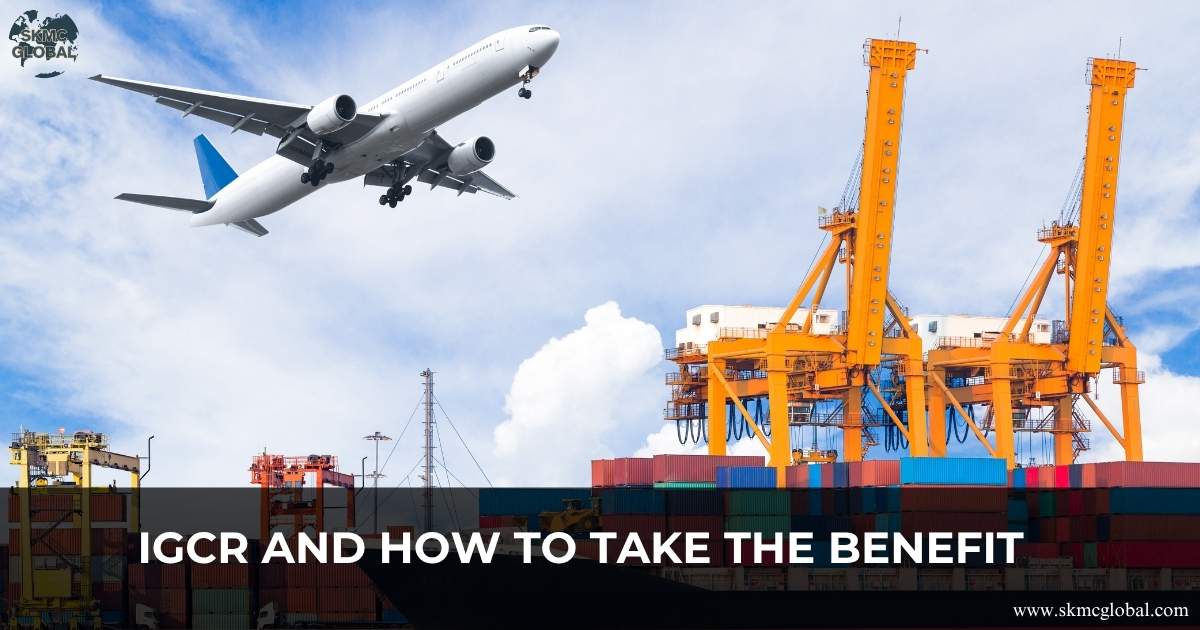 What is IGCR and How to Take the Benefit?...
Oct 18,2025
What is IGCR and How to Take the Benefit?...
Oct 18,2025
-
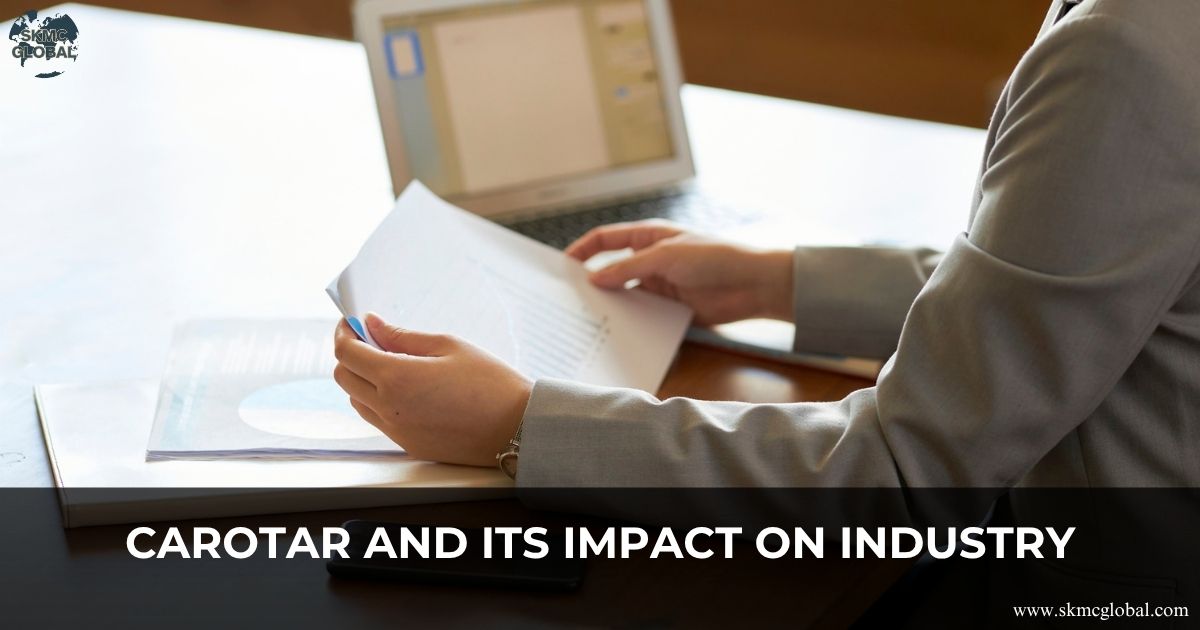 What is CAROTAR and Its Impact on Industry?...
Oct 15,2025
What is CAROTAR and Its Impact on Industry?...
Oct 15,2025
-
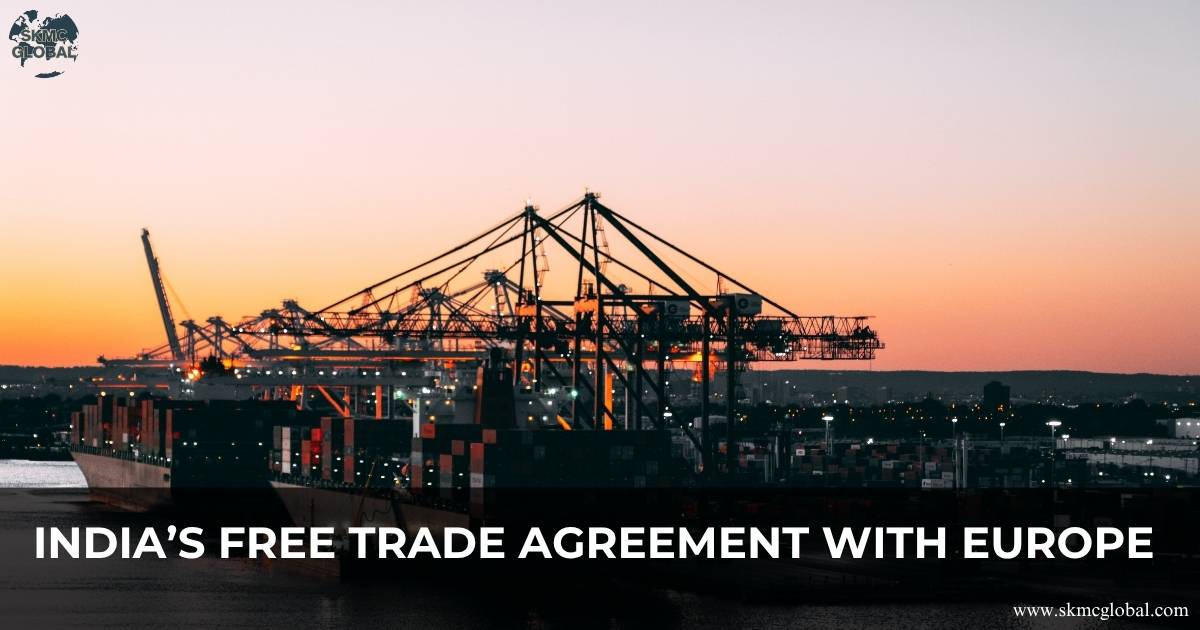 India’s Free Trade Agreement with Europe ...
Oct 14,2025
India’s Free Trade Agreement with Europe ...
Oct 14,2025
-
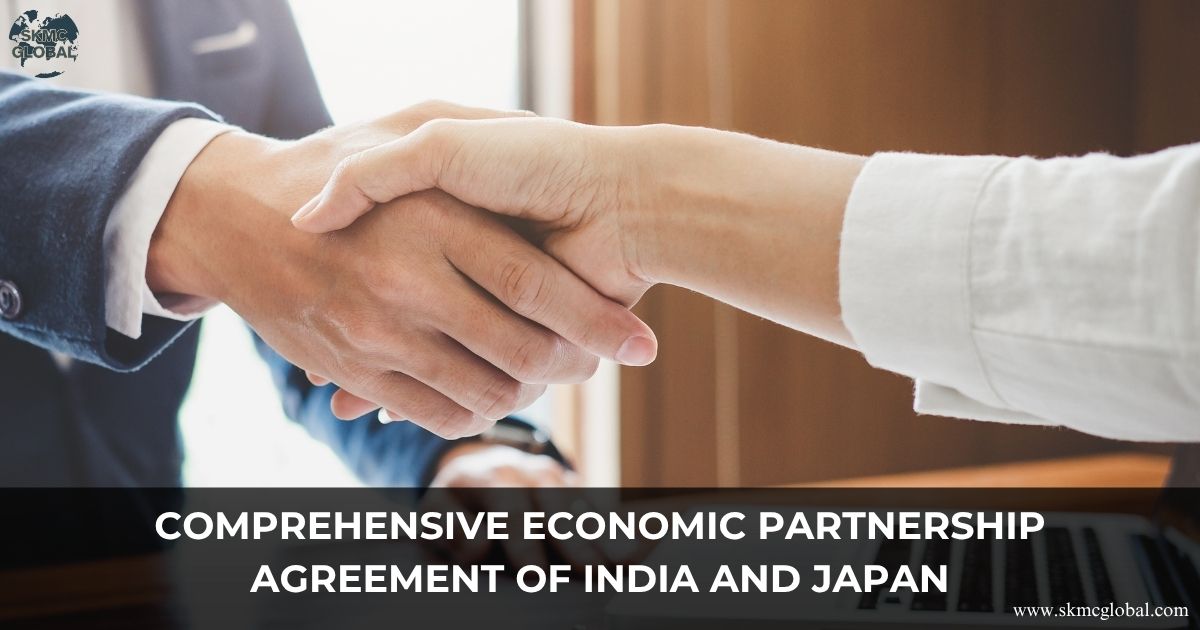 Comprehensive Economic Partnership Agreement of In...
Oct 13,2025
Comprehensive Economic Partnership Agreement of In...
Oct 13,2025
-
 Refund under Section 75 of Customs Act, 1962...
Oct 11,2025
Refund under Section 75 of Customs Act, 1962...
Oct 11,2025
-
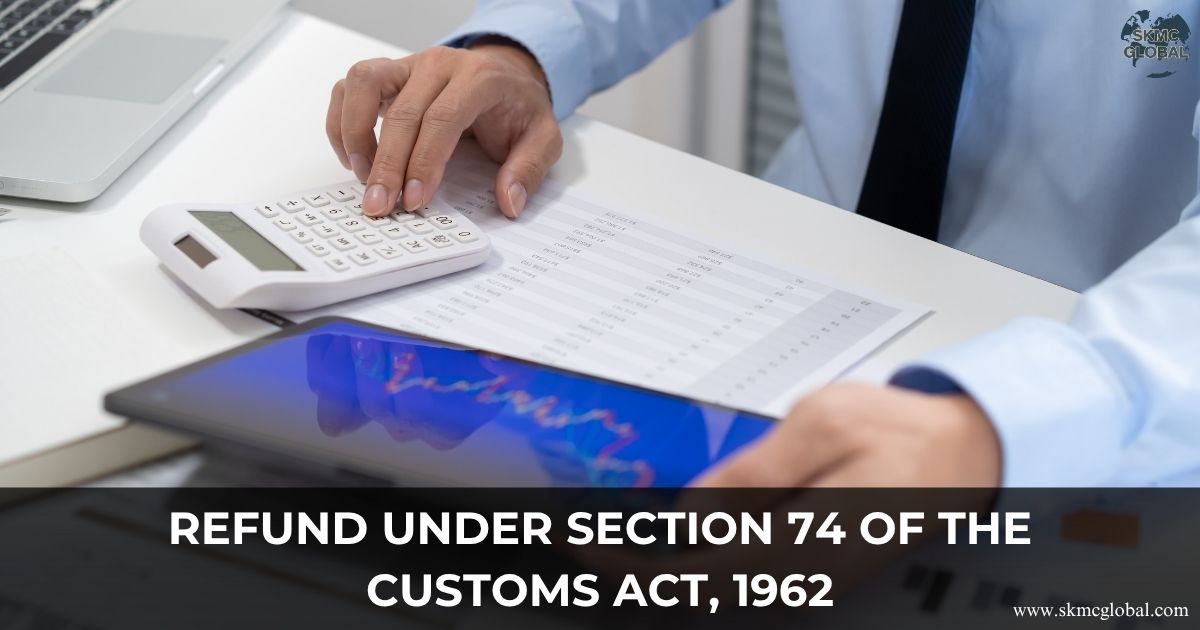 Refund under Section 74 of the Customs Act, 1962...
Oct 10,2025
Refund under Section 74 of the Customs Act, 1962...
Oct 10,2025
-
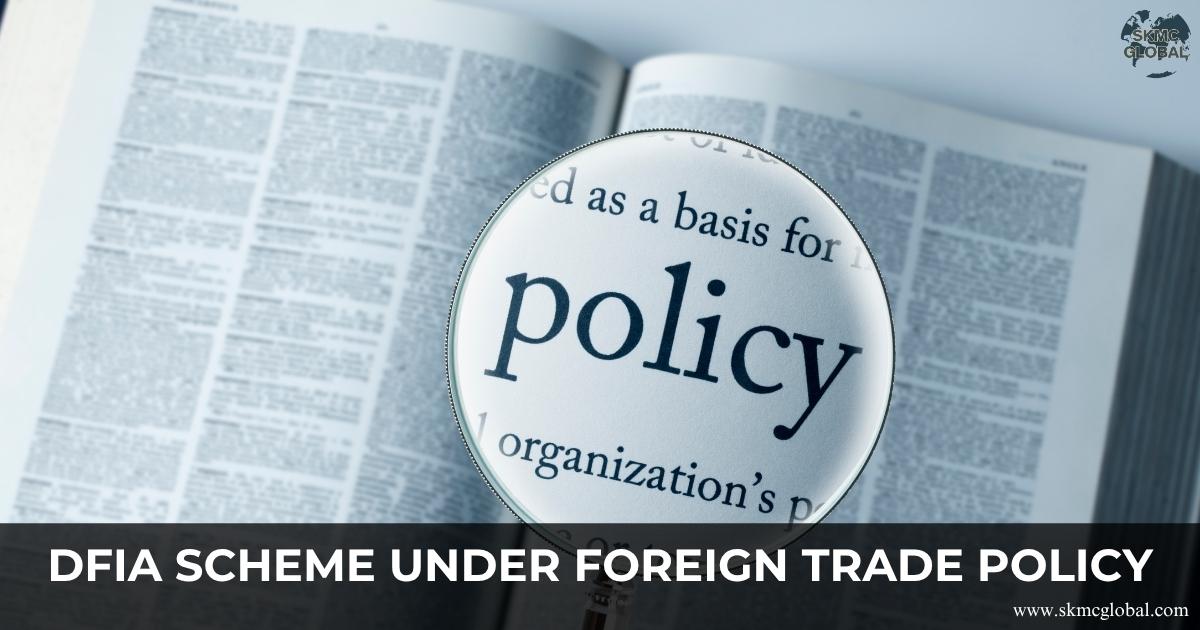 All About DFIA Scheme under Foreign Trade Policy...
Oct 07,2025
All About DFIA Scheme under Foreign Trade Policy...
Oct 07,2025
-
 Navigating BEPS 2.0: Pillar One & Pillar Two in Tr...
Aug 16,2025
Navigating BEPS 2.0: Pillar One & Pillar Two in Tr...
Aug 16,2025
-
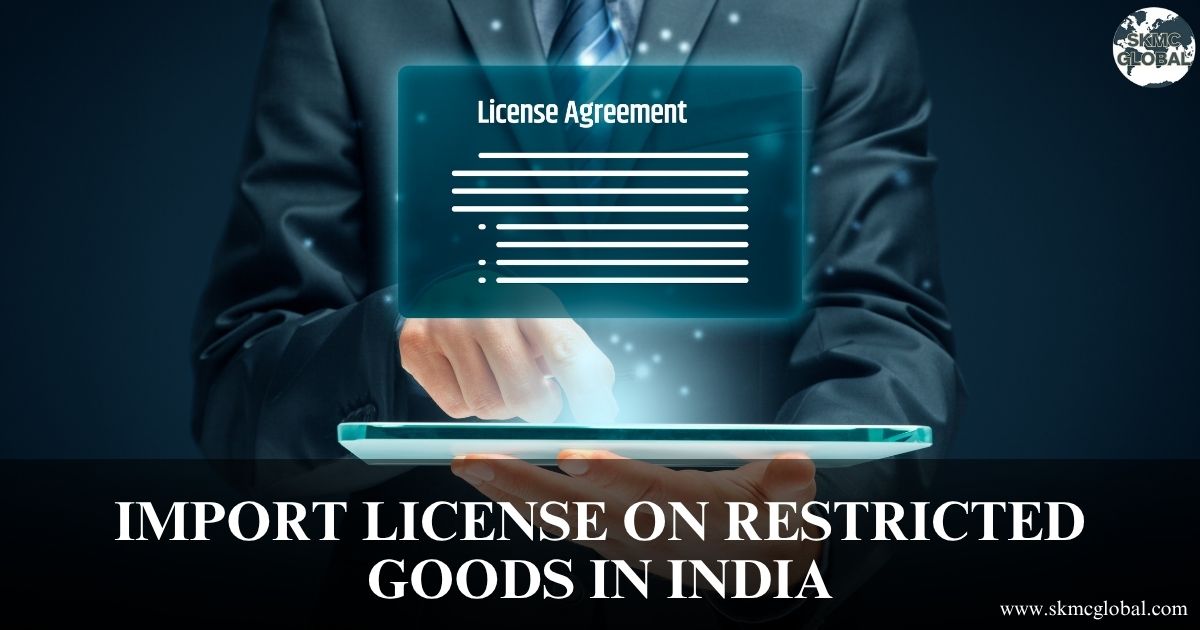 Import license on restricted goods in india...
Aug 07,2025
Import license on restricted goods in india...
Aug 07,2025
-
 Procedure to take ICEGATE Registration...
Aug 06,2025
Procedure to take ICEGATE Registration...
Aug 06,2025
-
 Procedure to setup an ESOP Trust...
Aug 01,2025
Procedure to setup an ESOP Trust...
Aug 01,2025
-
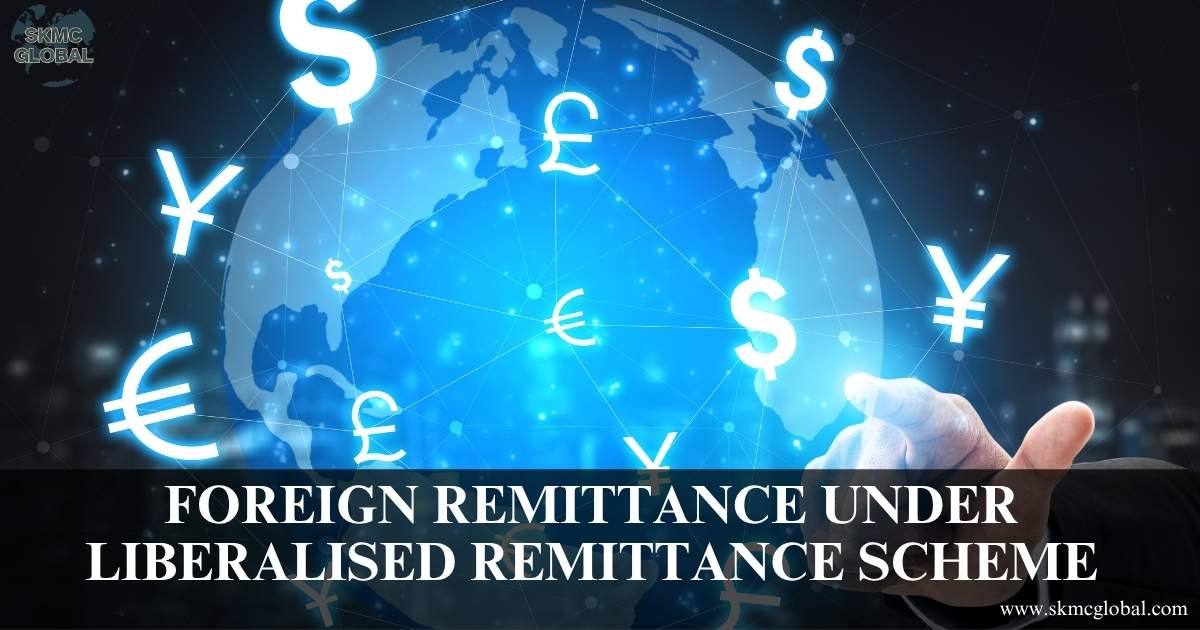 Foreign Remittance under liberalised remittance Sc...
Jul 30,2025
Foreign Remittance under liberalised remittance Sc...
Jul 30,2025
-
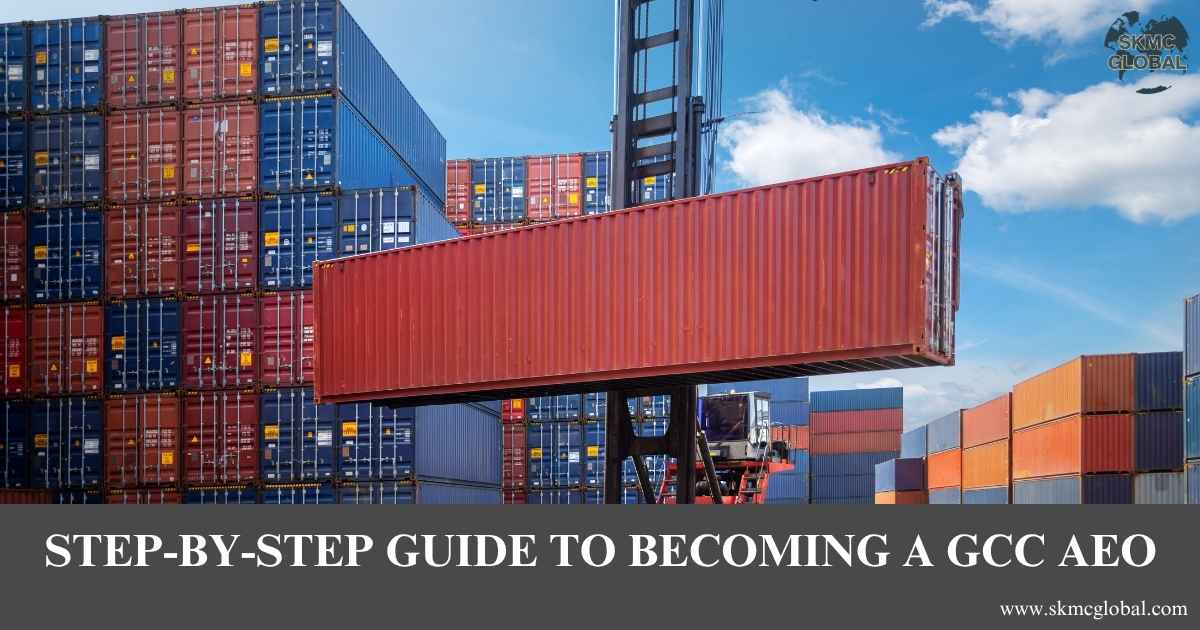 A Step-by-Step Guide to Becoming a GCC AEO...
Jul 18,2025
A Step-by-Step Guide to Becoming a GCC AEO...
Jul 18,2025
-
 Role of Mutual Recognition Agreements under AEO an...
Jul 14,2025
Role of Mutual Recognition Agreements under AEO an...
Jul 14,2025
-
 What is Anti Dumping Duty investigation and its pr...
Jul 09,2025
What is Anti Dumping Duty investigation and its pr...
Jul 09,2025
-
 Annual return requirement under RoDTEP scheme of D...
Jul 09,2025
Annual return requirement under RoDTEP scheme of D...
Jul 09,2025
-
 EPCG Registration: A Step by step Guide for Indian...
Jul 08,2025
EPCG Registration: A Step by step Guide for Indian...
Jul 08,2025
-
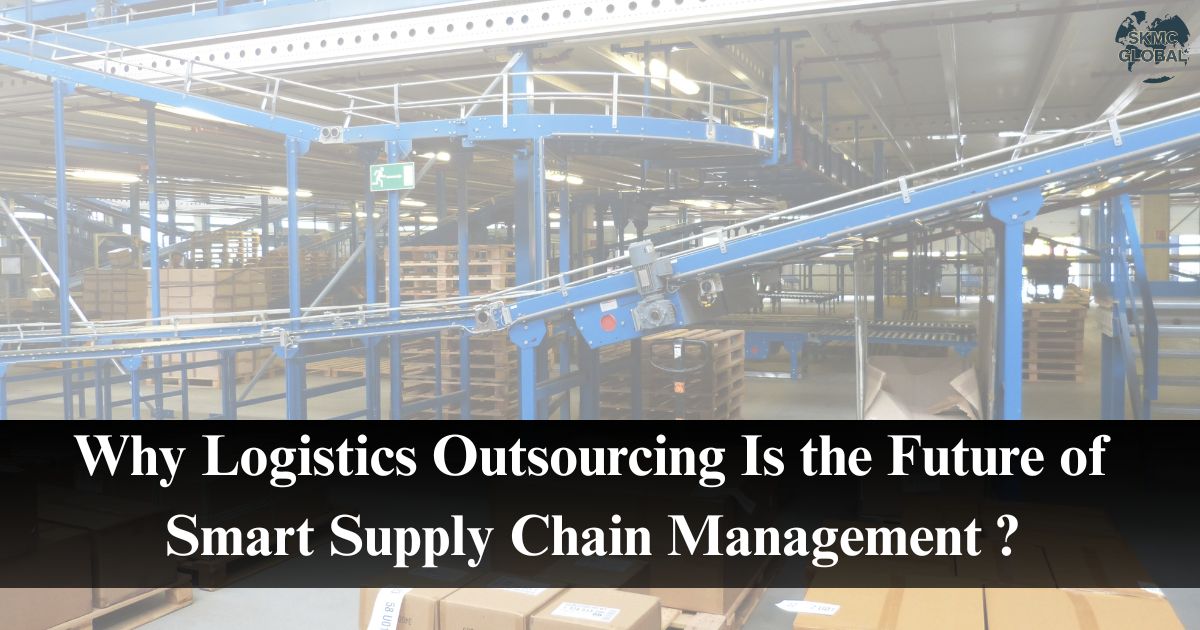 Why Logistics Outsourcing Is the Future of Smart S...
Jun 02,2025
Why Logistics Outsourcing Is the Future of Smart S...
Jun 02,2025
-
 India's Foreign Trade Agreement and Investment Tre...
May 31,2025
India's Foreign Trade Agreement and Investment Tre...
May 31,2025
-
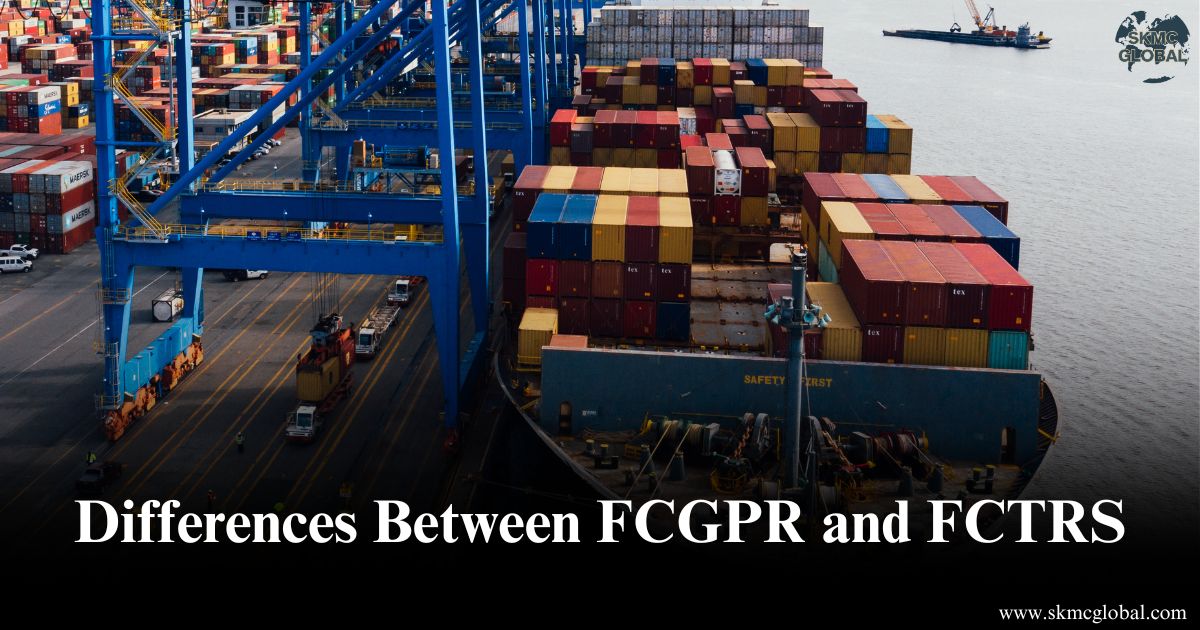 Differences Between FCGPR and FCTRS:A Comprehensiv...
May 28,2025
Differences Between FCGPR and FCTRS:A Comprehensiv...
May 28,2025
-
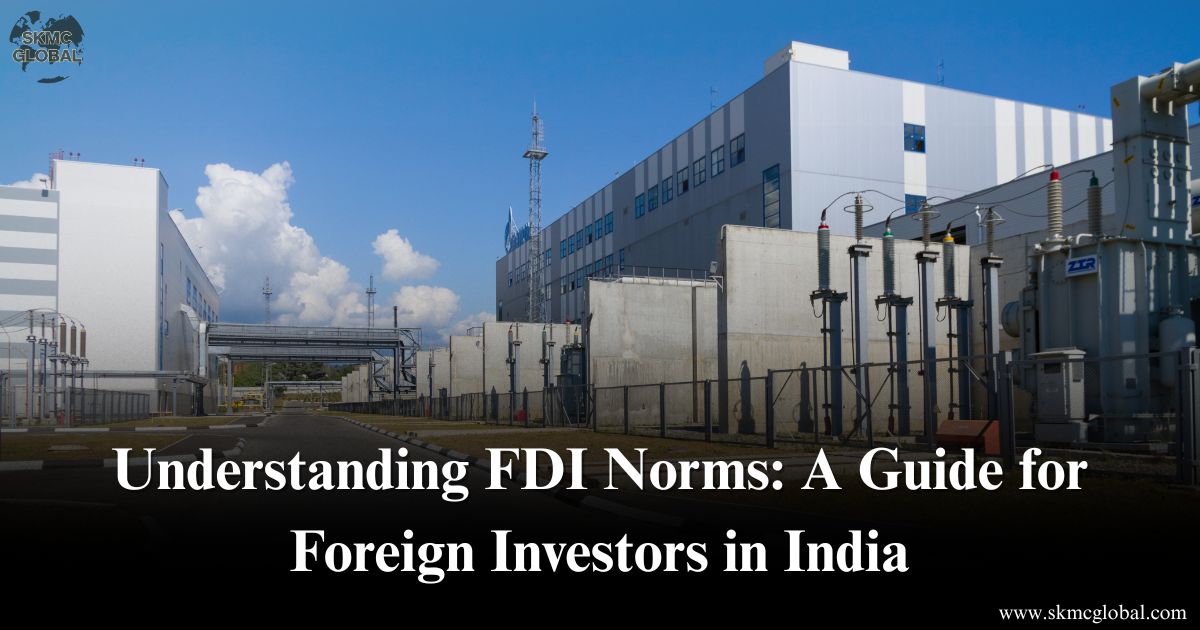 Understanding FDI Norms- A Guide for Foreign Inves...
May 29,2025
Understanding FDI Norms- A Guide for Foreign Inves...
May 29,2025
-
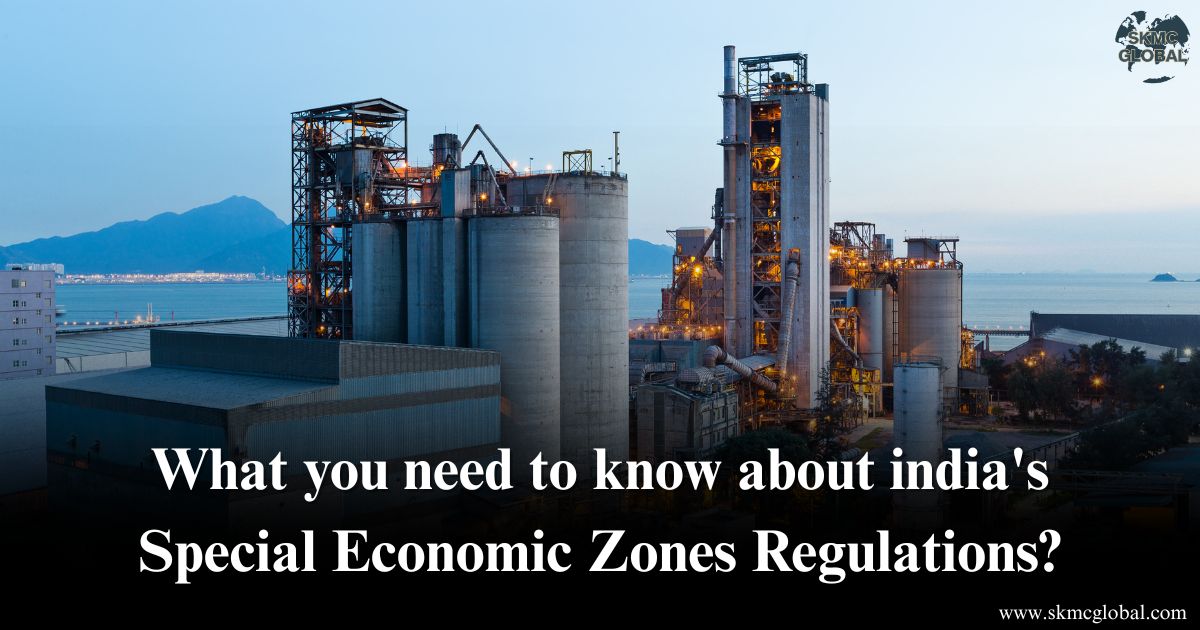 What you need to know about india's special econom...
May 27,2025
What you need to know about india's special econom...
May 27,2025
-
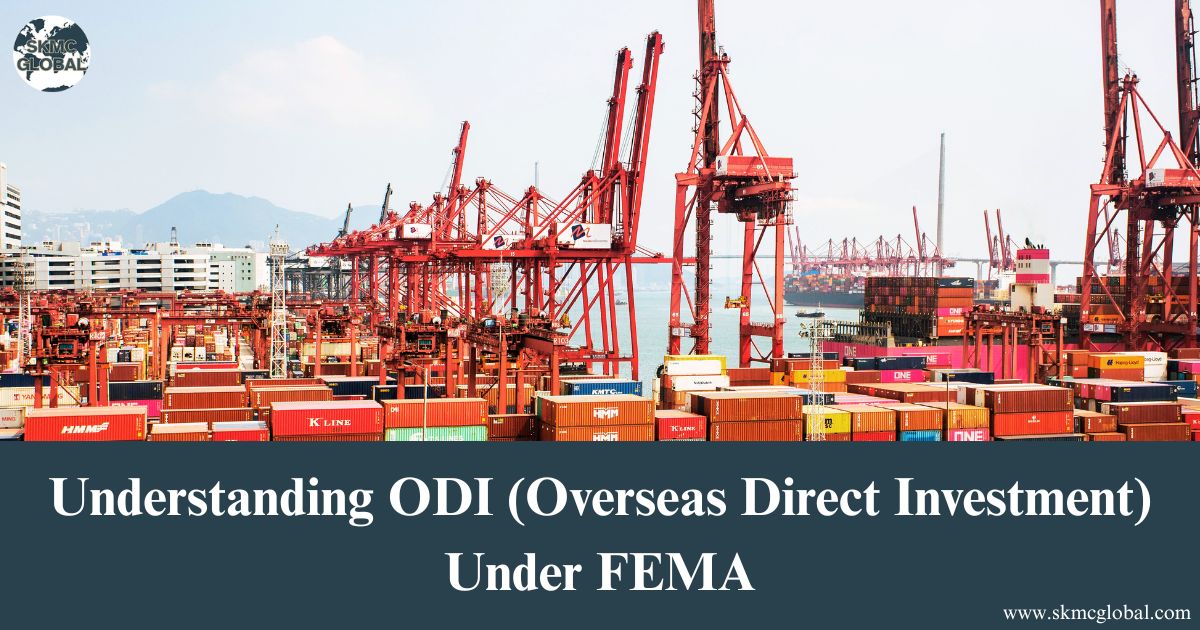 Understanding ODI (Overseas Direct Investment) Und...
May 26,2025
Understanding ODI (Overseas Direct Investment) Und...
May 26,2025
-
 How to Track AEO Registration Application and Chec...
May 22,2025
How to Track AEO Registration Application and Chec...
May 22,2025
-
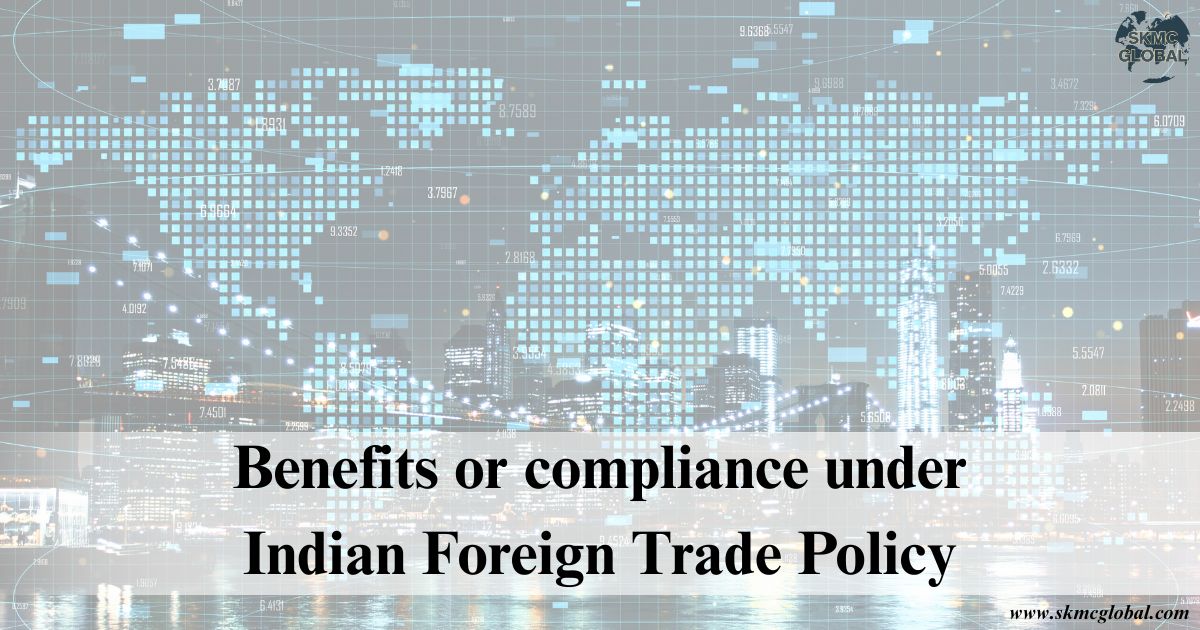 Benefits or compliance under Indian Foreign Trade ...
May 20,2025
Benefits or compliance under Indian Foreign Trade ...
May 20,2025
-
 AEO v/s Non-AEO: Key Differences and Why Your Busi...
May 19,2025
AEO v/s Non-AEO: Key Differences and Why Your Busi...
May 19,2025
-
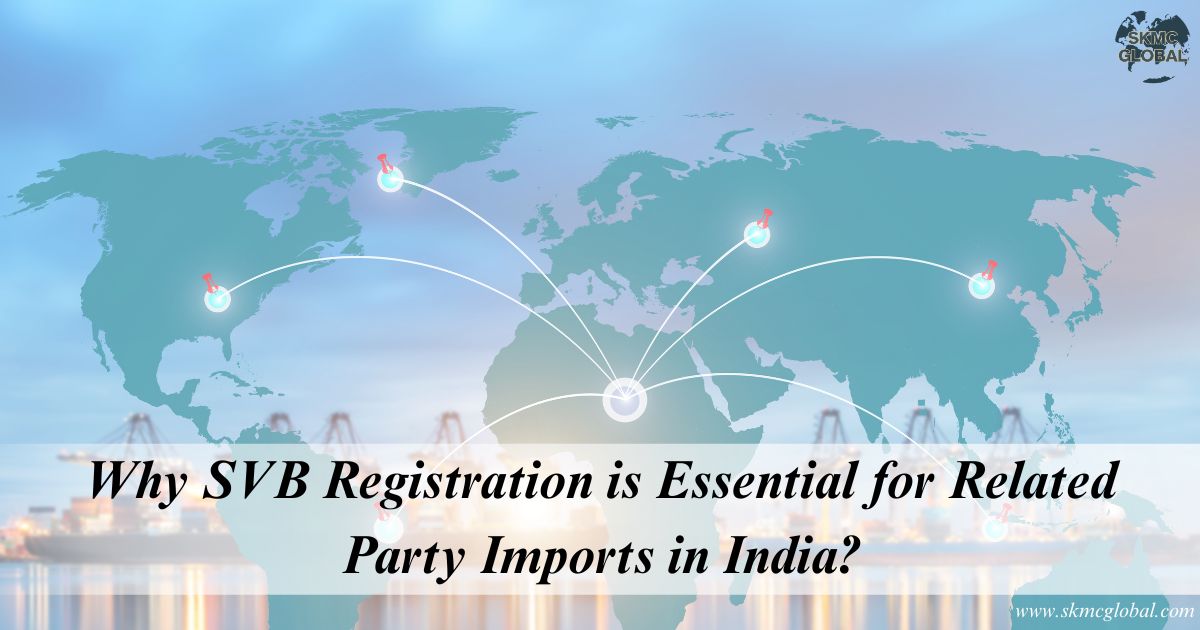 Why SVB Registration is Essential for Related Part...
May 19,2025
Why SVB Registration is Essential for Related Part...
May 19,2025
-
 How Mutual Recognition Agreements Augment AEO Cert...
May 15,2025
How Mutual Recognition Agreements Augment AEO Cert...
May 15,2025
-
 Customs Streamlining Refund Processes Through Auto...
Mar 17,2025
Customs Streamlining Refund Processes Through Auto...
Mar 17,2025
-
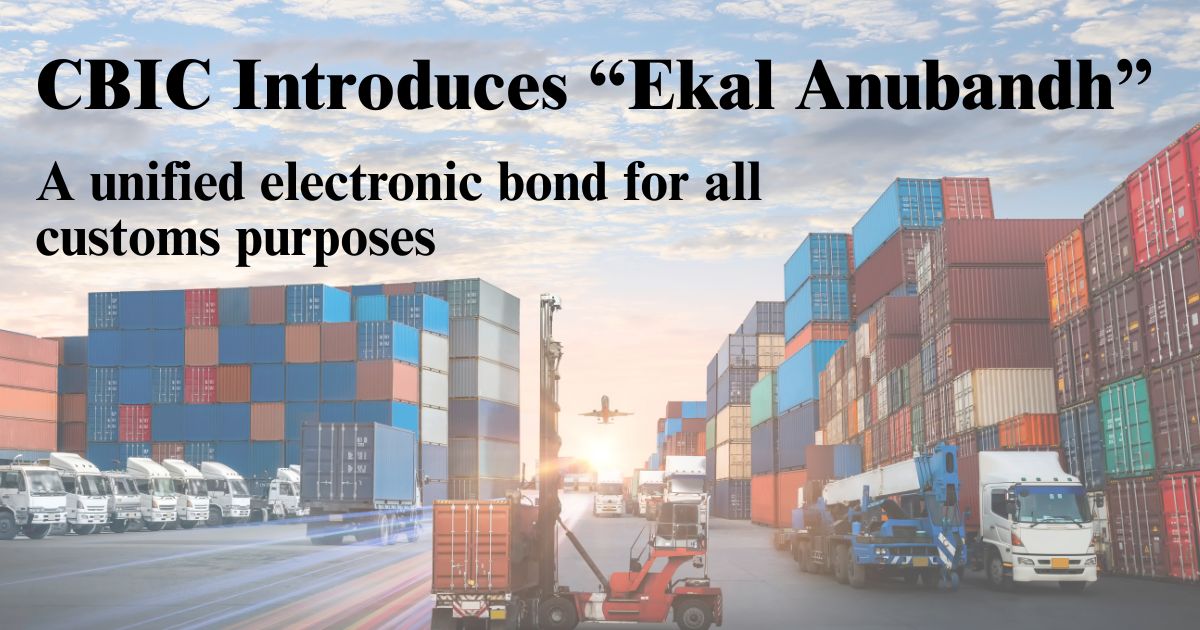 Ekal Anubandh-Single Unified Multi-Purpose Electro...
Mar 06,2025
Ekal Anubandh-Single Unified Multi-Purpose Electro...
Mar 06,2025
-
 Revised guidelines on SVB assessment and its speed...
Aug 26,2021
Revised guidelines on SVB assessment and its speed...
Aug 26,2021
-
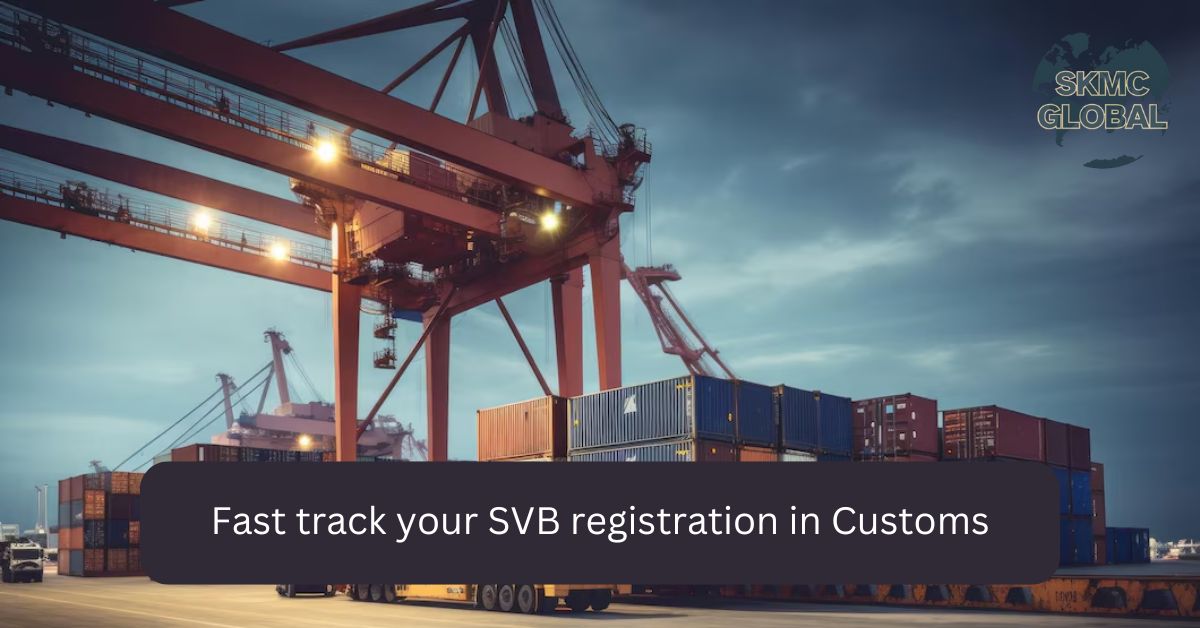 5 ways about how you can fast track your SVB regis...
Jul 21,2021
5 ways about how you can fast track your SVB regis...
Jul 21,2021
-
 AEO Registration in UAE...
Nov 16,2021
AEO Registration in UAE...
Nov 16,2021
